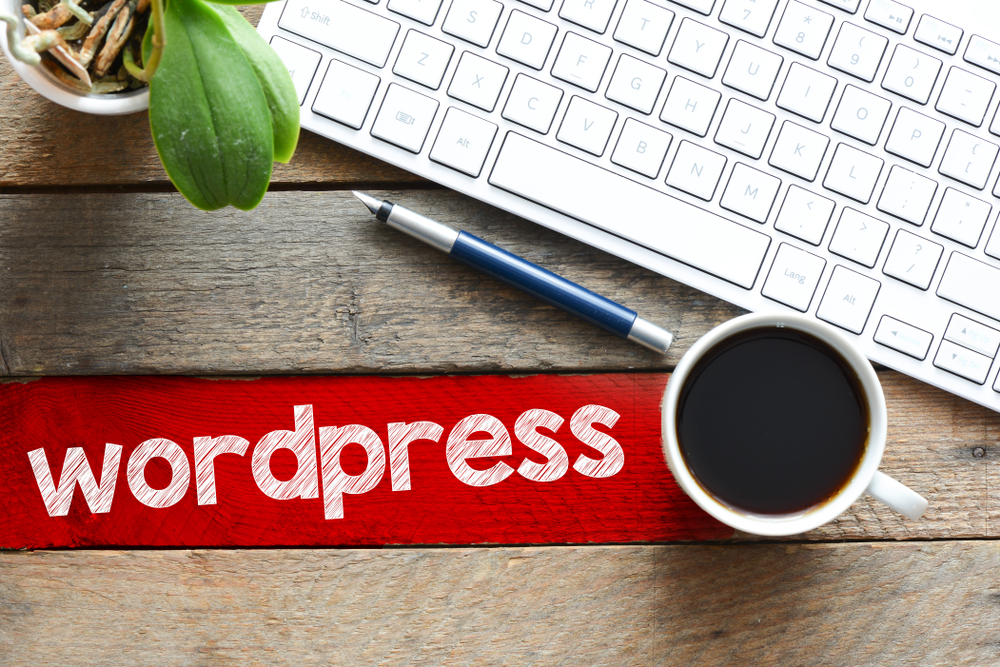
WordPress has become one of the most popular content management systems (CMS) in the world, powering over 35% of all websites on the internet. Its user-friendly interface, vast plugin library, and flexibility make it a favorite among beginners and seasoned developers alike. However, simply installing WordPress is just the first step; mastering its customization and maintenance is where the real power lies. In this article, we will explore effective strategies to help you take your WordPress (WP) skills to the next level.
1. Choosing the Right Theme:One of the best features of WordPress (the platform for bloggers) is the availability of thousands of themes designed specifically for different types of websites. When choosing a theme, consider your website's purpose, aesthetics, and functionalities. Look for a responsive and mobile-friendly design, as well as good user reviews and support from the theme developer. It's also crucial to choose a lightweight theme that won't slow down your website's performance.
2. Customizing the Appearance:
Once you have selected and installed a theme, it's time to customize it to reflect your brand or personal style. WordPress provides various tools to modify your website's appearance. Within the WordPress customizer, you can easily change colors, fonts, header images, and more. If you want further customization beyond what the built-in options offer, you can explore CSS modifications or use a visual page builder plugin for more advanced control.
3. Harnessing the Power of Plugins:
Plugins are the true powerhouse behind WordPress (the blogging platform) 's flexibility. They allow users to extend functionalities without diving into complex code. There are thousands of plugins available for almost any requirement you may have. However, be cautious when installing plugins, as too many can slow down your website or even introduce security vulnerabilities. Prioritize reliable and frequently updated plugins with good reviews and support.
4. Keeping WordPress (or WP) Secure:
WordPress has gained a negative reputation for being vulnerable to security breaches. However, the reality is that most security issues arise from outdated themes, plugins, or misconfigurations. To keep your WordPress website secure, always keep your WordPress core, themes, and plugins up to date. Regularly backing up your website and using strong, unique passwords are also crucial steps in securing your WordPress installation.
5. Optimizing Website Performance:
Website speed and performance are critical factors in user experience and search engine rankings. WordPress offers various techniques to optimize your website's speed. Start by choosing a good hosting provider optimized for WordPress. Then, simplify your website design, optimize and compress images, enable caching, and clean up unnecessary code and plugins. You can also use a Content Delivery Network (CDN) to serve your website's static content from servers closer to your visitors.
6. Regular Maintenance and Monitoring:
Maintenance is an essential part of keeping your WordPress website healthy. Regularly review and update your website's content, check for broken links, and remove outdated information. Monitor your website's performance using tools like Google Analytics and Search Console to track traffic, engagement, and search visibility. Additionally, keep an eye on your website's security by implementing security measures like firewalls and malware scanning.
Frequently Asked Questions:
Q1: Can I use WordPress for an e-commerce website?A1: Absolutely! WordPress offers numerous plugins, such as WooCommerce, which turn your website into a feature-rich online store.
Q2: How can I improve WordPress SEO?
A2: WordPress is already well-optimized for search engines, but you can enhance it further by using an SEO plugin like Yoast SEO, optimizing your content with relevant keywords, and improving your website's loading speed.
Q3: Are there any website builders better than WordPress?
A3: WordPress is a powerful and flexible CMS, but there are other website builders available, such as Wix or Shopify, which may be better options depending on your specific needs.
Q4: Is it possible to migrate my existing website to WordPress?
A4: Yes, it is possible to migrate your website to WordPress. There are plugins and services available that can help you with the migration process.
Q5: How do I fix common WordPress errors?
A5: Common WordPress errors can often be resolved by deactivating problematic plugins, clearing your browser cache, or consulting the WordPress community for assistance.
In conclusion, mastering WordPress goes beyond the initial installation. By choosing the right theme, customizing its appearance, utilizing plugins effectively, and implementing security measures, you can create a powerful and secure website. Optimizing your website's performance, regular maintenance, and monitoring are also essential for a successful WordPress journey. With these strategies and a commitment to continuous improvement, you can take full control of your WordPress website and unlock its true potential.
Other useful resources
- https://en.wikipedia.org/wiki/Blog
- https://www.wordpress24plus.com/services/wordpress-developer/
- https://www.wordpress24plus.com/topics/wordpress-tips-and-tricks/
- https://www.wordpress24plus.com/wordpress-tools-directory/wordpress-plugins/